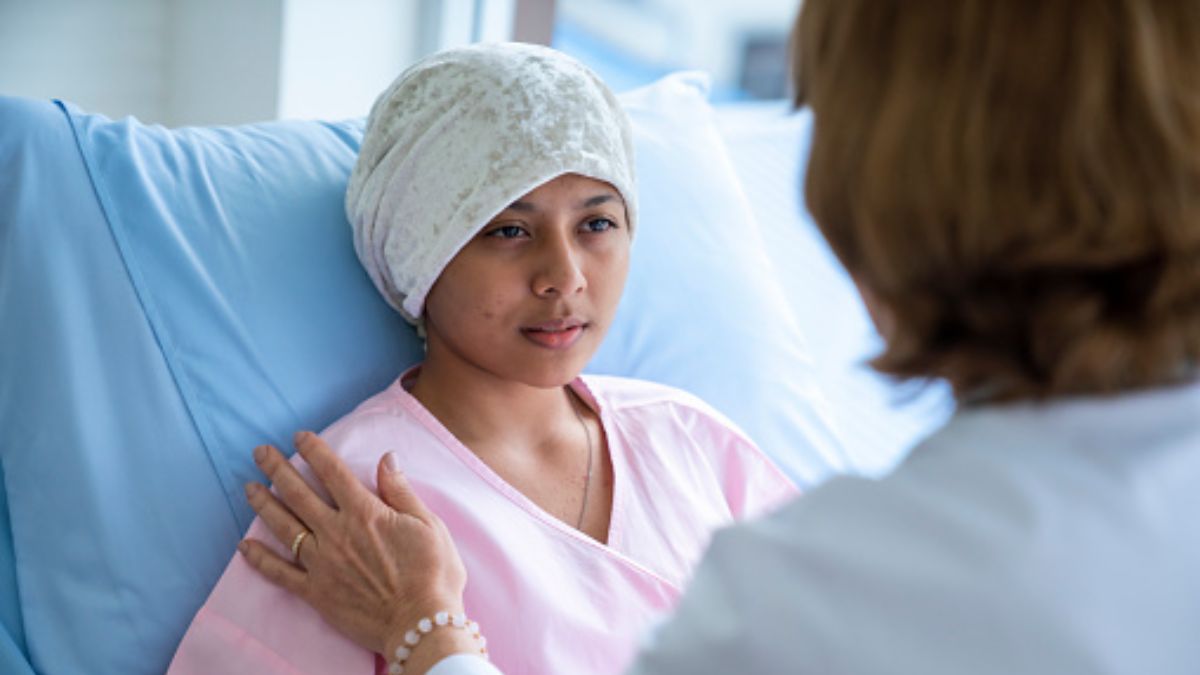By Dr Sunil Bhat
Cancer continues to be a stigma in our society and knowledge regarding paediatric cancer is almost nonexistent among the general population. While many childhood illnesses are caused by viruses and bacteria, cancer is another serious health concern that parents should be aware of, keeping their child's health a top priority by staying informed about all potential health risks is an important aspect.
Every year, over three lakh children are diagnosed with cancer all over the world, of which approximately 50,000 are in India alone.
Over the years, there has been a significant advancement in cancer treatment and survivorship, resulting in a 69 per cent decrease in mortality rate. Moreover, 85 per cent of children who receive a cancer diagnosis, and undergo appropriate treatment and supportive care survive for many years.
The parents of children with paediatric cancer often ask, “Why my kid?”
How childhood cancer is different from adult cancer
Paediatric cancer differs from adult cancer in many ways. The following are some differences.
- Unlike adult cancer, where environment and lifestyle factors are known to play a significant role in cancer development, a minority of childhood cancer may arise as a result of genetic variants such as Down syndrome or having an RB1 variant gene. However, many childhood cancer cases are because of random mutations in the genes of growing cells.
- Kids usually respond to the treatment with better outcomes.
- Cancer treatment may have side effects that can be severe and long-lasting but looking at the bigger picture of getting the child cancer-free is more fruitful.
Certain factors which parents must notice include the following:
- Unexplained fever persisting for over 2 weeks and not responding to usual lines of treatment.
- Unexplained paleness and excessive tiredness may suggest reduced haemoglobin (red blood cells).
- Easy bruising or bleeding tendency may suggest reduced platelet production. These may be bruises over the skin, and bleeding from the nose and gums.
- An unusual lump or swelling anywhere in the body. These can be swellings in the neck, or something hard may be felt in the tummy.
- Complaints of leg pain and limping (not due to trauma).
- Early morning headaches are often associated with recurrent vomiting.
- Sudden eye or vision changes like the appearance of white opacity when you flash a torchlight into the eyes.
Most common childhood cancers
The most common childhood cancers are leukaemia, brain and spinal cord tumours, neuroblastoma, nephroblastoma, and osteosarcoma.
- Leukaemia: It is more prevalent amongst children aged two to six years and accounts for 30 per cent of childhood cancers.
- Brain and Spinal Cord Tumours: It is the second-most common cancer in children, and accounts for 26 per cent of total cancer cases in children.
- Neuroblastoma: About 90 per cent of neuroblastoma cases are observed in children under five years of age.
- Nephroblastoma (Wilms Tumour): Wilms accounts for five per cent of childhood cancer cases and originates in one or both kidneys of the child.
- Osteosarcoma (Bone cancer): This type of cancer is found in older children and the average age of diagnosis is 15 years.
Treatment of childhood cancer
Childhood cancer can be treated through surgery, chemotherapy, radiation therapy, bone marrow transplant, and immunotherapies.
- Surgery: Used to remove cancerous cells or tumours.
- Chemotherapy: Medical drugs are used to kill cancer cells.
- Radiation therapy: Radiation is used to kill cancer cells.
- Bone marrow (stem cell) transplant: Healthy stem cells are put into the bloodstream so they can make new healthy blood, bone marrow, and immune system cells.
- CAR T-cell therapy and other immunotherapies: The child’s immune system is boosted to target specific proteins on cancer cells and fight the disease.
Addressing psychological and emotional issues in patients with childhood cancer
Receiving a cancer diagnosis is understandably devastating for the affected child and their family. Treatment should also aim at overcoming psychological, emotional, and social issues. It is important to reassure children about their illness and clearly explain the treatment plan. Long hospital stays, dietary choices, activity restrictions, and social isolation should be properly explained to the kids.
Social workers should be involved in addressing the family to seek support from others in similar situations, engage in therapy, or find ways to create moments of normalcy amid the challenges.
Siblings of the affected child may experience a range of emotions, including fear, confusion, and jealousy. They may also feel neglected as parental attention is focused on the sick child. Maintaining a sense of normalcy for siblings is also important.
Every child deserves a future free from cancer. Let us stand together, raise awareness, and support the brave young fighters on their journey to recovery.
(The author is the Vice Chairman, Oncology Collegium, Narayana Health Group of Hospitals. He is also the Director and Clinical Lead, Paediatric Hematology, Oncology, and Blood and Marrow Transplantation, Narayana Health City Bangalore).
[Disclaimer: The opinions, beliefs, and views expressed by the various authors and forum participants on this website are personal and do not reflect the opinions, beliefs, and views of ABP News Network Pvt Ltd.].


